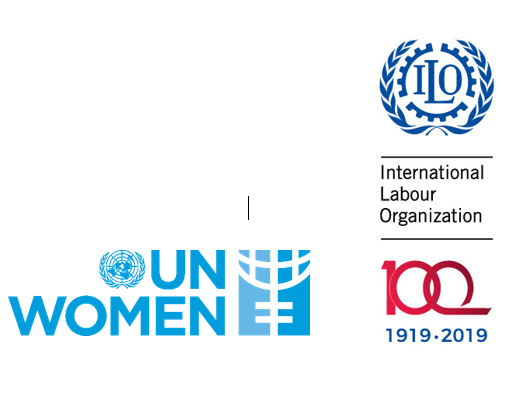Violence and harassment against women in the world of work is often the result of intersecting circumstances and risk factors that are closely connected to gender inequalities and rooted in gender-based forms of power and control. Research indicates that violence and harassment can manifest itself, in its many forms, in all sectors, jobs and occupations. Men can be victims of such violence and harassment, particularly if they do not conform to societal expectations of masculinity. However, the great majority of cases of gender-based violence and harassment in the world of work, especially that of a sexual nature, is reported by women, often because of the discriminatory social norms and structures that reinforce power inequalities based on gender.
Moreover, some factors may lead to women workers experiencing violence and harassment in disproportionate or unique ways, taking into account factors such as working conditions, unionization rates and the circumstances under which work is carried out. The presence of discrimination based on other factors such as race, social origin, migration status, disability, maternity, family responsibilities, sexual orientation and gender identity, may also influence how, and in what ways, women experience violence and harassment. Additional factors include women workers’ education and skill levels, as well as the sector they work in, and the type of job carried out.
In order to address this phenomenon effectively, it is necessary to understand what amounts to violence and harassment, who is affected by it, what its causes and effects on the world of work are, and where and how it happens.
